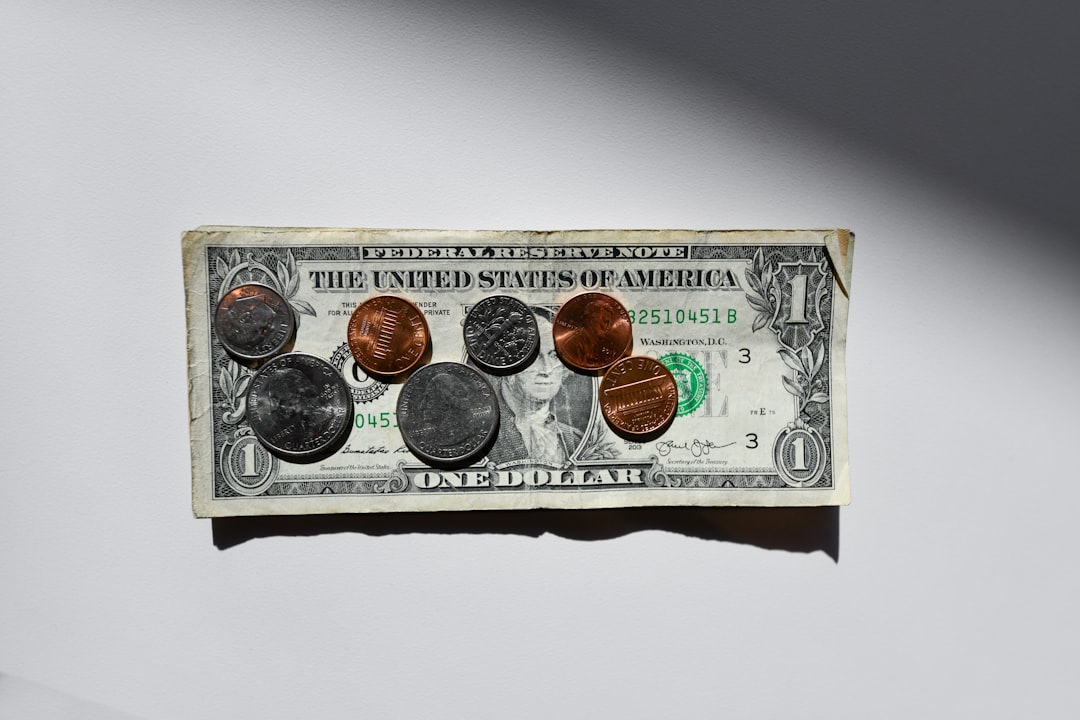Balloon payments are a unique feature in certain loan agreements that can significantly impact borrowers’ repayment obligations. In this guide, we will delve into what a balloon payment is, how it functions, provide examples to illustrate its application, and outline the pros and cons associated with this type of payment structure.
Exploring the Concept of Balloon Payment
What is a Balloon Payment?
A balloon payment is a large, lump sum payment due at the end of a loan term after a series of smaller, regular payments have been made. This final payment is typically significantly higher than the preceding instalments and is designed to pay off the remaining principal balance of the loan in full.
Also Read: Instant Personal Loan Hacks You Need to Know Before You Reach Out to Loan Providers
How Does a Balloon Payment Work?
In a loan with a balloon payment structure, borrowers make smaller monthly payments over the loan term, often with lower interest rates. However, at the end of the loan term, they are required to make a substantial final payment to settle the remaining balance. Balloon payments are commonly found in mortgages, car loans, and commercial real estate financing.
Examples of Balloon Payment in Action
Mortgage Balloon Payment: Consider a mortgage with a 30-year term and a balloon payment due at the end of the term. Borrowers make regular monthly payments towards the interest and principal for 29 years, and the final balloon payment covers the remaining balance of the loan.
Car Loan Balloon Payment: In an auto loan agreement with a balloon payment structure, borrowers may benefit from lower monthly payments throughout the loan term, with a balloon payment due at the end to finalise the loan amount.
Also Read: Loans against PPF vs Personal Loan – Which is Better?
Pros and Cons of Balloon Payments
Pros:
Lower Monthly Payments: Balloon payments often result in lower monthly instalments throughout the loan term, making them attractive for borrowers seeking initial affordability.
Flexibility for Cash Flow: Balloon payments can provide borrowers with flexibility in managing their cash flow by allowing them to make smaller payments over the term.
Cons:
Financial Risk: Balloon payments carry the risk of leaving borrowers with a significant lump sum due at the end of the loan term, which may be challenging to pay off.
Refinancing Need: Borrowers may need to refinance the balloon payment or secure alternative financing options to settle the final sum, potentially leading to additional costs.
Also Read: Mini Loans or Small Personal Loans: All You Need to Know
Wondering about your loan eligibility? Airtel Finance offers quick and convenient eligibility checks through the Airtel Thanks App. Discover your potential loan amount, interest rate, and repayment terms based on your credit score. Access personalised loan options and take control of your financial journey.
Frequently Asked Questions
1. What is the purpose of a balloon payment in loan agreements?
Balloon payments are designed to offer borrowers lower monthly payments during the loan term while requiring a larger final payment to clear the remaining balance. This structure can be beneficial for certain borrowers but comes with risks.
2. Are balloon payments common in mortgage loans?
Balloon payments were more common in mortgage loans in the past but are less prevalent today due to regulatory changes and consumer protection measures. However, they may still be available in specific loan products.
3. Can borrowers negotiate or modify a balloon payment in their loan agreement?
In some cases, borrowers may have the option to negotiate the terms of a balloon payment with the lender or explore alternative repayment arrangements. It is advisable to discuss any concerns or challenges with the lender before signing the loan agreement.
4. How does a balloon payment affect the total cost of borrowing?
Balloon payments can impact the total cost of borrowing by requiring a substantial final payment at the end of the loan term. Borrowers should consider the implications of the balloon payment on the overall affordability of the loan.
5. What alternatives exist for borrowers who may struggle to make a balloon payment?
Borrowers facing challenges with a balloon payment may explore options such as refinancing the loan, negotiating with the lender for alternative repayment terms, or seeking financial assistance to manage the final payment effectively.
Understanding the dynamics of balloon payments, including their purpose, functioning, advantages, and drawbacks, is essential for borrowers considering loan agreements with this payment structure. By evaluating the pros and cons of balloon payments and exploring potential alternatives, borrowers can make informed decisions about their financial commitments and plan for successful loan repayment.


 Get App
Get App  Airtel Store
Airtel Store  Login
Login 


